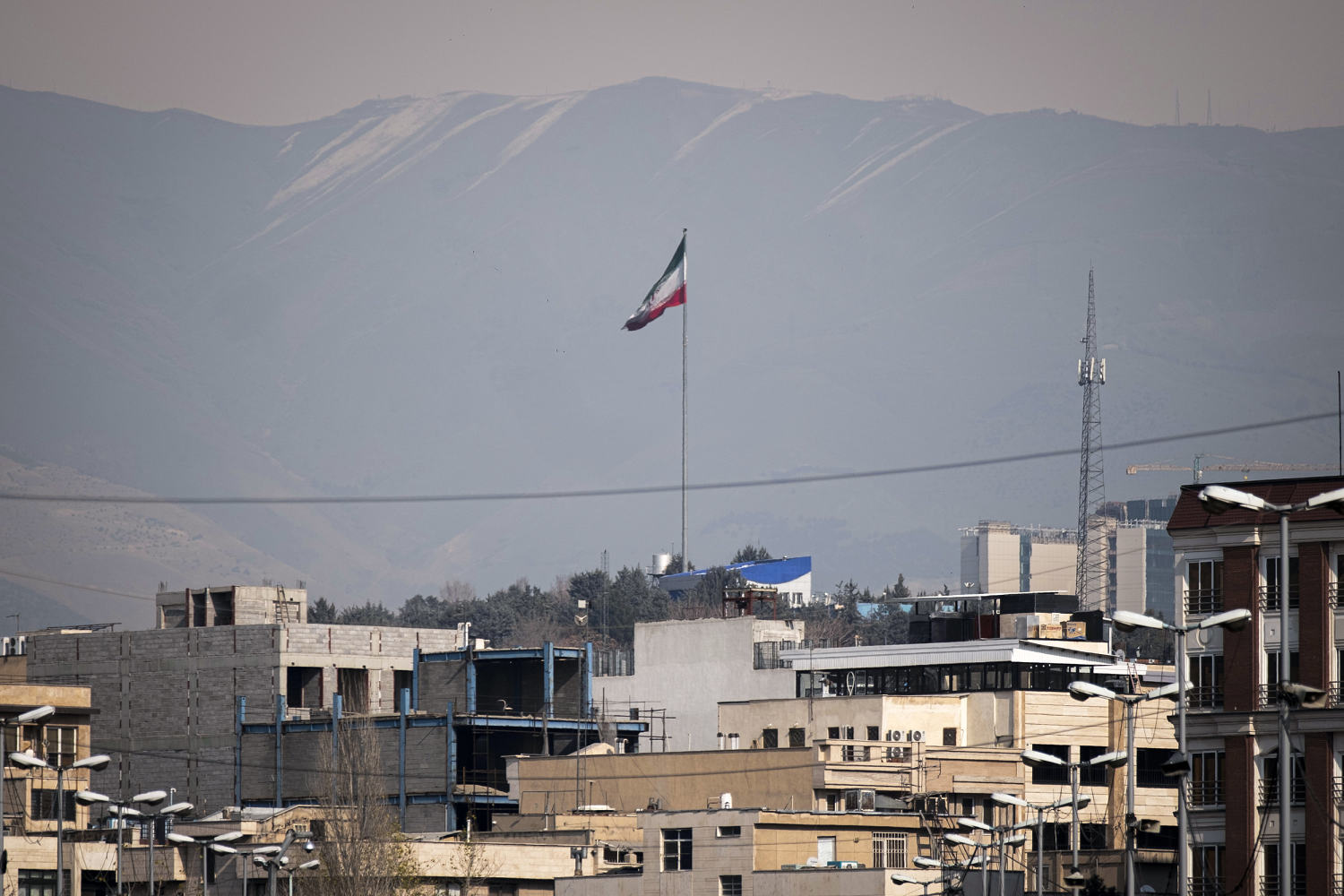
DUBAI, United Arab Emirates — A man shot and killed two prominent hardline judges in Iran's capital on Saturday, both allegedly involved in a 1988 mass execution of dissidents, officials said.
No group immediately claimed responsibility for the shootings of judges and clerics Mohammad Moghese and Ali Razini. However, Razini's involvement in the 1988 execution likely made him a target in the past, including an assassination attempt in 1999.
Their killings were a rare attack on the judiciary and came as Iran faces economic turmoil, Israeli attacks on its Middle East allies and as Donald Trump returns to the White House on Monday.
Both clerics served on Iran's Supreme Court, the state-run Islamic News Agency reported. A bodyguard of one of the judges was also injured in the attack on Tehran's Palace of Justice, which is also the headquarters of the country's judiciary and usually has tight security.
Iran's Islamic Republic News Agency said the attacker, armed with a pistol, committed suicide.
"According to preliminary investigations, the persons involved did not have a case registered with the Supreme Court and are not clients of a branch of this court," the judicial agency Mizan News Agency said. "At present, an investigation has been launched to identify and arrest the perpetrators of this terrorist act. ”
Asghar Jahangir, a spokesman for Iran's judiciary, told Iranian state television separately that the gunman was an "infiltrator," suggesting he worked at the court where the killing took place.
Unlike the U.S. Supreme Court, Iran's Supreme Court has many branches throughout the country. It is Iran's highest court and can hear appeals from lower court rulings.
Lazini has been targeted before. The head of Tehran's judiciary was injured while he was off duty in January 1999 when assailants on motorcycles threw explosives at his vehicle.
Mogheiseh has been subject to U.S. Treasury sanctions since 2019. At the time, the Treasury Department said he "oversaw numerous unfair trials in which accusations were unproven and evidence was ignored."
"He is notorious for handing out lengthy prison sentences to dozens of journalists and internet users," the Treasury Department said. The U.S. Treasury Department said Moghese brought charges against members of Iran's Baha'i minority "who reportedly held prayers and worship services with other members."
Activists and exiles alike pointed out that the two men were involved in the 1988 execution, which took place at the end of Iran's long war with Iraq. After Iran's then-Supreme Leader Ruhollah Khomeini accepted a UN-brokered ceasefire, members of the exiled Iranian opposition group Mujahideen (MEK), heavily armed by Saddam Hussein, stormed A surprise attack was launched across the Iranian border.
Iran eventually blunted their attack, but the attack set the stage for sham retrials of political prisoners, militants and others that came to be known as "death commissions."
International human rights groups estimate that as many as 5,000 people were executed, while the MEK puts the number at 30,000. Iran has never fully acknowledged that the executions were apparently carried out on Khomeini's orders, although some believe other senior officials were actually responsible in the months before Khomeini's death in 1989.
MEK declined to comment when contacted by The Associated Press.
Although Moghese has never responded to accusations of his involvement in the 1988 "death committees," Razini gave a 2017 interview published by Iran's Shargh newspaper in which he defended the groups, saying It was "fair and fully consistent with the law".
“Our friends and I were one of the 20 judges in this country and we did our best to ensure security at that time and in the future, and from then on we guaranteed that the hypocrites (MEK) would never become powerful in this country. , ” he reportedly said.